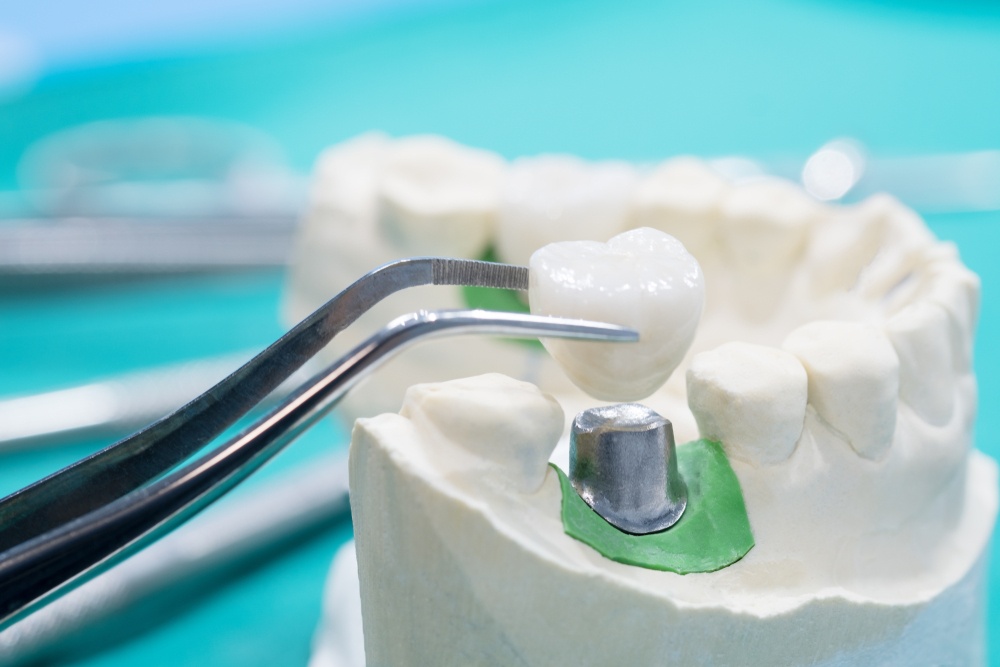
Need Help ?
Schedule your initial consultation today and start your journey towards a pain-free, healthier smile. Contact us now!

Dental Bridges and Restorative Care in Miami, FL
Our teeth endure wear and tear over time due to various factors such as cavities, aging, injuries, or habits including teeth grinding (bruxism). Whether you notice discoloration, sensitivity, or receding gums, our dental specialists in Miami, FL, are here to diagnose and treat your concerns. At Sher Dental, we are dedicated to restoring your healthy smile with solutions such as dental bridges, fillings, and crowns.
Tooth issues often extend beyond what is visible. You may experience sensitivity to hot, cold, or sweet foods, or perhaps a sharp pain when biting down, a sign of a cracked tooth or receding enamel. Left untreated, minor tooth problems can escalate, leading to infection or even tooth loss. Missing teeth affect your appearance and confidence and can cause surrounding teeth to shift, resulting in bite misalignment and further complications.
At Sher Dental, we provide expert care to address these issues and bring back the function and beauty of your smile.
Dental Fillings
Cavities are common, affecting over 90% of Americans, according to the CDC. Untreated, they can cause pain, disrupt daily activities, and lead to more serious issues. Fortunately, dental fillings offer a quick, cost-effective fix.
Gone are the days of silver fillings. Our dental specialists use durable, natural-looking composite fillings that bond to your teeth, requiring minimal removal of healthy enamel. These modern fillings strengthen your teeth and restore their natural appearance.
Dental Crowns
When decay or damage affects a large portion of a tooth, a simple filling may not suffice. In such cases, a dental crown offers a reliable solution. Acting as a protective cap, a crown restores the tooth’s shape, function, and strength while blending perfectly with your natural teeth.
The Dental Crown Procedure
Preparation: During the first visit, your tooth is reshaped to fit the crown, either by building up the structure or trimming enamel.
Impression and Temporary Crown
A mold of the prepared tooth is sent to the dental lab, and a temporary crown is placed for protection.
Permanent Placement
At your next visit, the custom-made crown is securely adhered to, restoring your tooth’s strength and functionality.
Dental Bridges
If you have lost a tooth, whether from extraction or trauma, a dental bridge is a permanent solution to restore your smile and bite. Compared to removable dentures, a bridge is fixed in place, offering stability and a natural look.
The Dental Bridge Procedure
A dental bridge typically involves two crowns placed on the healthy teeth adjacent to the gap. These crowns support an artificial tooth (pontic) that replaces the missing one. Made from dental porcelain, the pontic blends seamlessly with your surrounding teeth.
- Single Missing Tooth
A three-unit bridge (two crowns and one pontic).
- Multiple Missing Teeth
A four-unit bridge (two crowns and two pontics), or more as needed.
Each bridge is custom-designed to suit your specific needs, ensuring comfort, durability, and an improved bite.
Let Sher Dental Restore Your Smile
From fillings to dental bridges and crowns, Sher Dental provides comprehensive care to keep your teeth healthy and functional. Do not let dental issues compromise your quality of life. Contact our office in Miami, FL, at +1 305-456-5800 to schedule your appointment.
- CONTACT NOW
Get Free Professional Consultation
North Miami Office
North Miami Office
12000 Biscayne Blvd #130
North Miami, FL 33181
Mon to Sat: 09:00 AM - 05:00 PM
Aventura Office
Aventura Office
19505 Biscayne Blvd #2240
Aventura, FL 33180
Mon to Sat: 09:00 AM - 05:00 PM
